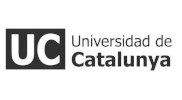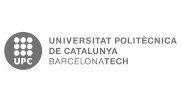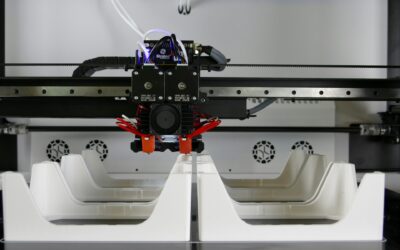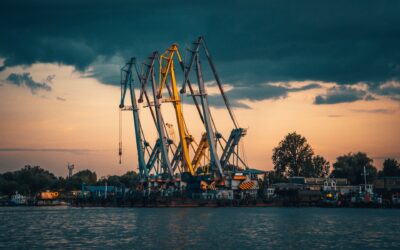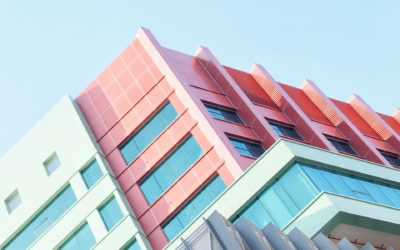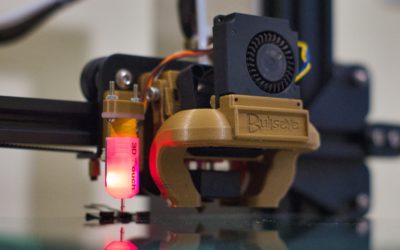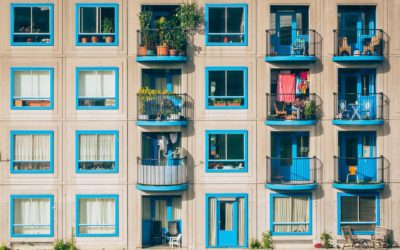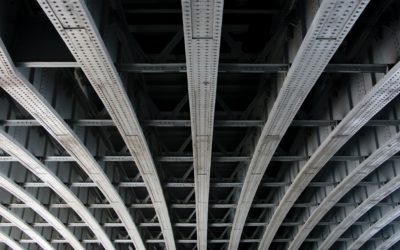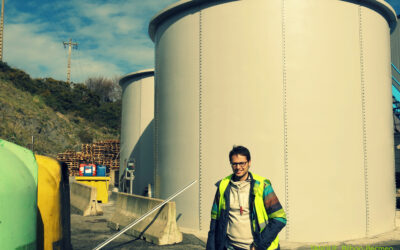CARTIF PROJECT
REHABCAR
Developed new tools for the transformation of existing roads and highways
Description
The REHABCAR project (Rehabilitation of Roads and Motorways) developed new tools for the transformation of existing roads and motorways into economically sustainable, high-quality infrastructures to extend their life and adapt them to new traffic needs.
Technologies and tools were developed for the inspection and design of pavement and bridge rehabilitation, focusing on improvement (reinforcement, repair, expansion) and minimising resource consumption.
CARTIF collaborated with Dragados, Iridium and Geocisa in the development of a 3D measurement system that quickly obtained three-dimensional models of the road and its environment. This reduced the topography work required to obtain an accurate survey of the road layout.
Objectives
- Deployment of a fast, reliable and economical methodology for pavement and bridge inspection.
- Prioritisation of actions and cost estimates of rehabilitations.
- Evaluation of the effects of traffic during actions.
- Definition of objective criteria for the design and placement of support equipment.
- Technology for the modification of structures affected by an increase in platform width, variations in layout, etc.
Actions
- Inspection methodology with new, faster and more accurate non-destructive evaluation techniques.
- System of indicators to evaluate the urgency of actions based on: state of the asset, impact and cost of rehabilitation, improvement of safety.
- Systems for evaluating the effects of traffic during the intervention.
- Technologies for the design and placement of support elements to increase their durability and enable them to be easily replaced.
Expected results
- Accurate, fast and economical methodology for the measurement and inspection of pavements and bridges.
- Systematic indicators that allow to prioritize the urgency of the actions to be executed.
- Objective studies that evaluate the effects of traffic during the actions.
- Reliable criteria for the design and placement of support equipment.
- Technologies to modify existing structures affected by the increase in platform width, variations in layout, etc.
Partners
INNPACTO 20106
Código: IPT-370000-2010-029

Total budget: 6.431.847 €
CARTIF budget: 525.826 €
Duration: 3 years (2010 – 2013

Responsible
José Mª Llamas
Project manager at Cartif
Industrial and Digital Systems Division
joslla@cartif.es
Networking
Infraestructures projects:
DIAMETER
In the DIAMETER project, the physical-experimental results of the 3D metal additive manufacturing processes will be contrasted with computational simulations, with the aim of predicting the behaviour of the parts under different modifications of the process.
CLEANPORTS
CARTIF Projects CLEANPORTSResearch of intelligent and sustainable nay solutions for the automation of logistics and advanced intermodal processes from por to last mile.DescriptionThe main objective of the project is to improve logistics processes for the complete...
INPERSO
INPERSO is a holistic project of deep renovation of buildings that address all its life cycle and combines industrialization and customization. INPERSO will integrate new technological components that joint with pre-manufacturing advantages, preintegration and 3D printing robotic will reduce drastically time and costs of the construction.
SESAMO
Design, configure, programme and adapt a system that facilitates and assists the user in their relationship with the cabinet doors.
Portable 3DPrinter
Portable 3D printer looks for the innovation in construction processes promoting the industrialization and customization of construction that 3D printing technologies provide.
Metabuilding Labs
To reach the COP21 goal of nearly-zero energy, zero emission buildings MBLabs Labs strives to unleash the innovation potential of the SMEs of the Construction sector by lowering the entry barriers to test innovative solutions in a network of testing facilities in RTOs and Living Labs in 13 countries
I-NERGY
The main objective of I-NERGY is to deliver an energy specific open modular frameork for supporting AI-on-demand in the energy sector.
I-NERGY contributes significantly to achieve a techno-economic optimal mangement of the EPES (Electric Power & Energy Services)
LIFE HUELLAS
LIFE-HUELLAS project looks for the enviroonmntal assessment of the life cycle of the rail transport to correctly assess its environmneta impact.
SORTI
The objective of the SORTI project is to develop optical systems based tools and new technologies to properly identifying, monitoring and managing of structural risks in buildings.
REZBUILD
The main objective of the REZBUILD project is to create a collaborative rehabilitation ecosystem, integrating innovative technologies, and focusing on the existing housing stock. The aim is to increase the annual rate of building renovation from the current 1% to try to reach 2.5%.
REPARA 2.0
REPARA 2.0 aims to develop new technologies and methodologies that support infrastructure management and allow the rehabilitation and conservation of any type of road at a lower economic and environmental cost.
SALUS
SALUS project appears due to the lack of techniques able to detect geomembrane damages before these cause the rupture, and therefore, the environmental pollution
WTANK
development of a new tank of more than 2000m3 by means of a new production process called ‘flex moulding’ and materialised with fibreglass reinforced polymeric composite panels (FRP) for application in the wastewater treatment sector.


